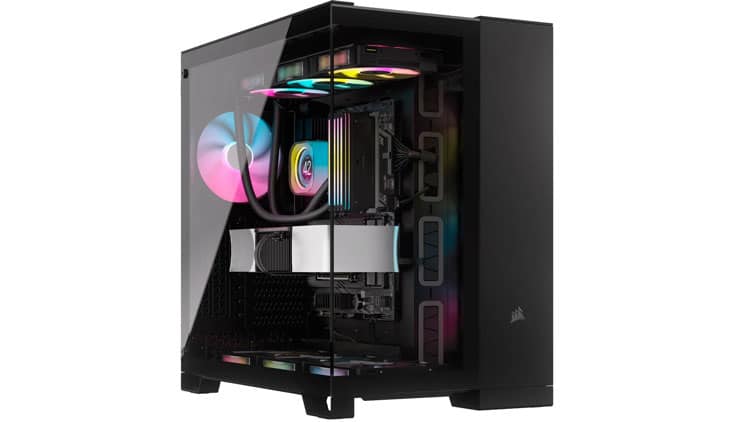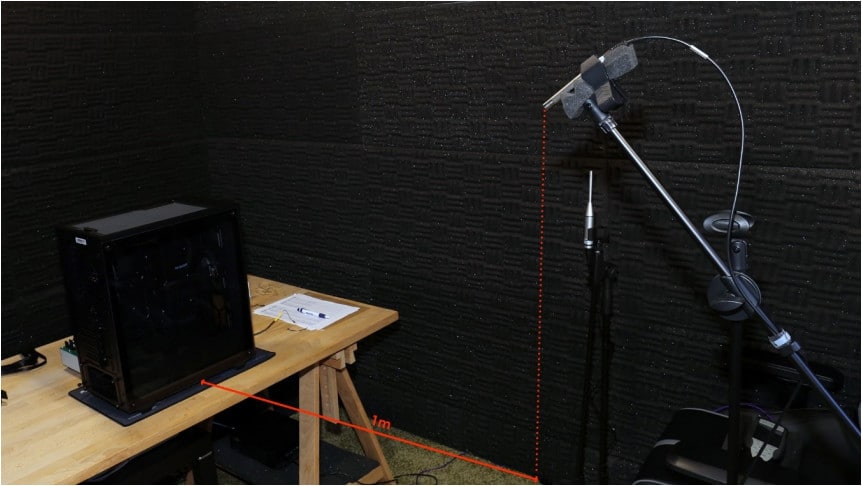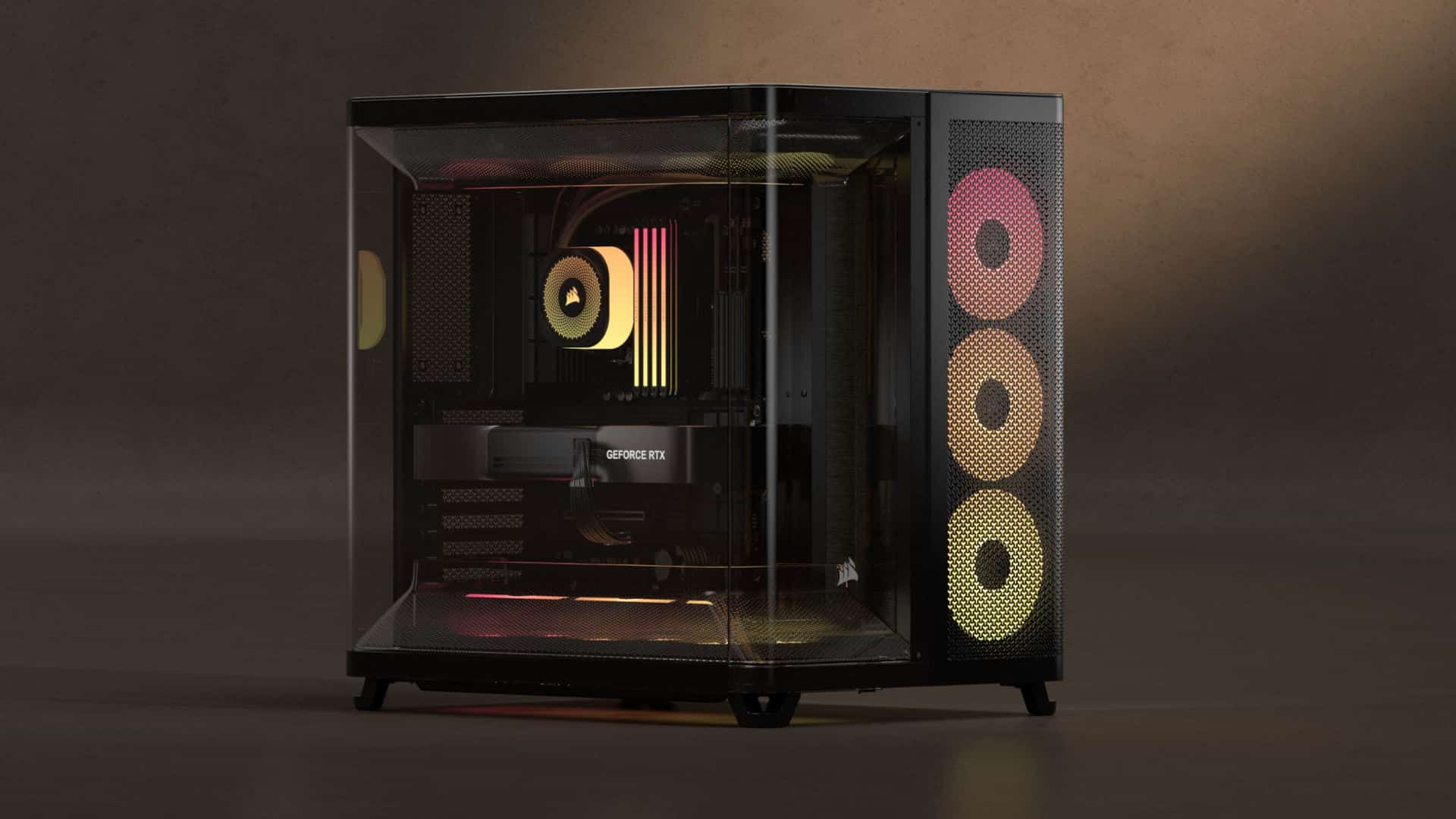Noise Damping & Output Measurements Methodology
I use a Class 1 Bruel & Kjaer 2270 G4 sound analyzer equipped with a Type 4955a microphone with a dBA-weighted dynamic range of below 6 dBA and up to 110 dBA. All tests are conducted inside a hemi-anechoic chamber with a noise floor close to 6 dBA and at 25–28 °C ambient. The test subject is placed a meter from the sound analyzer. Before I start the measurements, I calibrate the sound meter using the Bruel & Kjaer Sound Calibrator Type 4231.
Noise Damping Test Procedure
I place a speaker in the measuring position in which I measure its intensity at the following frequencies: 100Hz, 250Hz, 500Hz, 1KHz, 2KHz, 3KHz, 4KHz, 5KHz, 6KHz, 7KHz, 8KHz, 9KHz, 10KHz, 11KHz 13Kz, 12KH 14KHz, 15KHz, 16KHz, 17KHz, 18KHz, 19KHz, 19.5KHz, 20KHz. I also measure the Chirp signal, Pink and White noise. I use the above measurements to reference the speaker’s volume in the open air.
I install the chassis in the chamber vertically to the microphone in the intended position to ensure the same conditions in each measurement. Next, I install the speaker I have already measured in an open field inside the chassis. I try to place it close to the side where the microphone points without touching the side pane. At the same time, I pay close attention to having the speaker as close as possible to the chassis floor (see photo below).
Noise Output Test Procedure
In this case, we used Corsair’s new iCue link instead of the Commander Pro to control the chassis fans since it is required to control the RX120 fans. In addition, we reduce the GPU and CPU fan RPM to zero. The iCue Link software allows for precise fan sped adjustments in both RPM and percentage. Hence, I can set a portion of the speed individually for each fan, e.g., in a fan with a maximum speed of 1000 RPM, if I put 50% in my program, the fan will rotate to 500 RPM (±1%). I measure the noise produced by the fans at 40%, 50%, 60%, 70%, 75%, 80%, 90%, 100% of their maximum speed. Next, I change the fan speed by reversing the measurements’ logic to achieve 35, 30, and 25 dBA noise output. I write down, of course, the corresponding speeds.
The last noise measurement deals with the graphics card. I use a Galax RTX 4060 EX graphics card in all builds. In this test, I activate the system, install it in the chassis, and turn off all the fans except those used by the CPU and GPU cooling systems. I keep the CPU’s fan speed at the lowest setting to not alter the measurements and change the speed of GPU fans to 40%, 50%, 60%, 70%, 75%, 80%, 90%, and 100% while measuring and logging noise output.




What about the top and side panels coming warped out of the box ? And the awful filter material inside the side panel which can easily come loose. The mediocre cable management (having to buy straps), no support holder for PSU, no removable top rad bracket and almost no offset so eps cables a challenge when mounting AIO. Also the incredible weight. Antec c8 and others are built better and better value.
We didn’t face any issues with the top and side panels; otherwise, we would have written about it. I will also pass your comment about the side panel material to the reviewer to comment if he wants.
No support holder for the PSU? I didn’t understand that.
When mounting a top AIO most cases have an issue with the EPS cables, some even without a top-mounted AIO.
We will do more case reviews in the near future and will have more comparison data.
Thank you for your comments!